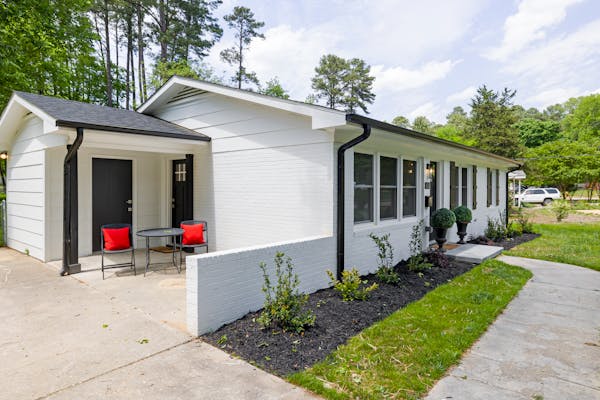Plumbing is an integral part of your home’s infrastructure, and understanding how it works can save you time, money, and stress. From routine maintenance to troubleshooting common problems, a little knowledge goes a long way in keeping your plumbing system in top condition. This comprehensive guide will cover essential tips for home plumbing, common issues you might encounter, and practical solutions to help you manage your plumbing effectively.
Essential Plumbing Tips for Homeowners
Having a basic understanding of your home’s plumbing system can be incredibly beneficial. Familiarize yourself with the layout of your pipes, the location of shut-off valves, and how your system connects to the main water supply. This knowledge will help you respond quickly to emergencies and make informed decisions about repairs and maintenance.
Perform Regular Maintenance
Routine maintenance is key to preventing plumbing problems. Schedule regular check-ups for your pipes, fixtures, and appliances. Look for signs of leaks, water stains, or mold, which could indicate plumbing issues. Regularly clean your garbage disposal, check for clogs in your drains, and inspect your water heater for signs of wear and tear.
Troubleshooting Common Plumbing Problems
A running toilet can waste a significant amount of water and increase your utility bills. To troubleshoot this issue, check the flapper valve in the tank for any wear or damage. Ensure the fill valve is functioning properly and adjust the float if necessary. If the problem persists, you may need to replace faulty components or call a plumber for assistance.
Dripping Showerheads
A dripping showerhead can be both annoying and wasteful. To fix this issue, start by removing the showerhead and inspecting the washer or O-ring for damage. Clean out any mineral deposits that may be causing the leak. If replacing these components doesn’t solve the problem, consider replacing the entire showerhead or consulting a professional.
Best Practices for Plumbing Maintenance
While chemical drain cleaners may seem like a quick fix for clogs, they can damage your pipes over time. Instead, use a plunger or a plumber’s snake to clear clogs. For preventative maintenance, periodically flush your drains with a mixture of baking soda and vinegar to keep them flowing smoothly.
Keep Your Plumbing System Well-Ventilated
Proper ventilation in your plumbing system helps prevent issues such as sewer gas buildup and slow drainage. Ensure that all vents are clear of obstructions and functioning correctly. If you notice unpleasant odors or slow drainage, check your vents and address any blockages promptly.
Conclusion
Effective home plumbing management involves understanding your system, performing regular maintenance, and troubleshooting common issues. By familiarizing yourself with your plumbing system, addressing problems promptly, and following best practices for maintenance, you can keep your home’s plumbing running efficiently. Remember, proactive care and attention to detail can help you avoid costly repairs and ensure a well-functioning plumbing system. With these tips and strategies, you’ll be well-equipped to handle your home plumbing needs and enjoy a trouble-free experience.

